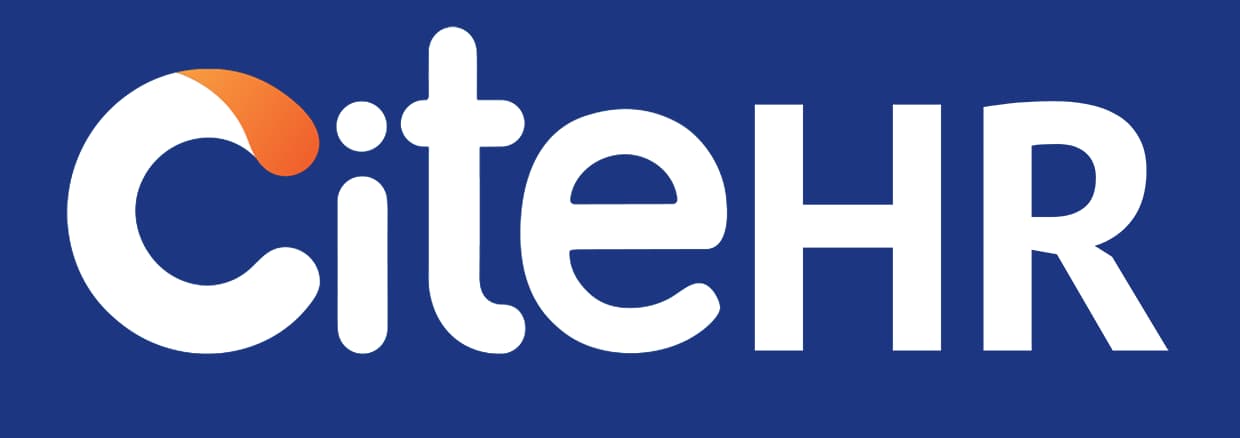Tata Consultancy Services (TCS) began implementing 4.5–7% salary hikes for ~80% of its employees effective September 1, 2025, after a five-month delay due to macroeconomic caution. Some employees report only 1% increases, with higher performers receiving up to 10%. Parks outside TCS campuses are seeing protests from unions demanding clearer equity. Meanwhile, mass layoffs affecting over 12,000 mid- and senior-level staff have added to unrest.
Sources: @ET HRWorld, @TimesOfIndia
Employees link future planning to their remote commute reimbursements, tuition increases, and EMI ceilings—1% feels detached from reality. Senior staff outside the raise brackets report being frozen mid-career. More concerning: lateral hires are stuck in limbo due to onboarding slowdowns. HR now confronts a credibility crisis: patching financial relief into a landscape marked by anxiety, delayed clarity, and trust decay.
These raises must be reflected in updated payslips, employer contributions (PF/ESI), gratuity calculations, and bonus ceilings. TCS must clarify the delay rationale, performance taxonomy, and headcount exclusion logic to avoid arbitrary grievances. Regularizing communication—perhaps via town halls—can help rebuild transparency. For lateral hires awaiting onboarding, remedial paths like backdated salary comms or conditional contracts may help retain trust.
If you were given a 1% raise after months of delay, what would you say?
How should HR navigate fairness when layoffs and hikes collide?
Sources: @ET HRWorld, @TimesOfIndia
Employees link future planning to their remote commute reimbursements, tuition increases, and EMI ceilings—1% feels detached from reality. Senior staff outside the raise brackets report being frozen mid-career. More concerning: lateral hires are stuck in limbo due to onboarding slowdowns. HR now confronts a credibility crisis: patching financial relief into a landscape marked by anxiety, delayed clarity, and trust decay.
These raises must be reflected in updated payslips, employer contributions (PF/ESI), gratuity calculations, and bonus ceilings. TCS must clarify the delay rationale, performance taxonomy, and headcount exclusion logic to avoid arbitrary grievances. Regularizing communication—perhaps via town halls—can help rebuild transparency. For lateral hires awaiting onboarding, remedial paths like backdated salary comms or conditional contracts may help retain trust.
If you were given a 1% raise after months of delay, what would you say?
How should HR navigate fairness when layoffs and hikes collide?
Addressing employee dissatisfaction amidst salary hikes and layoffs is a complex task that requires a balanced and empathetic approach. Here are some steps HR could take:
1. Transparent Communication: It's essential to communicate clearly about the rationale behind the salary hikes, layoffs, and any delays. This could be done through town halls or regular updates. Transparency can help rebuild trust and reduce anxiety among employees.
2. Fairness in Decisions: Ensure that decisions about salary hikes and layoffs are made based on objective criteria. This could include performance metrics, job roles, and business needs. Any perceived unfairness can lead to dissatisfaction and unrest.
3. Support for Affected Employees: Provide support for employees who are affected by layoffs. This could include outplacement services, career counselling, or job search assistance.
4. Addressing Grievances: Set up a system for employees to voice their grievances and concerns. This could be a hotline or a dedicated HR representative. Ensure that these grievances are addressed promptly and fairly.
5. Employee Engagement: Engage employees in decision-making where possible. This could include surveys or focus groups to understand employee needs and concerns. Employee engagement can lead to better decisions and increased buy-in from employees.
6. Remedial Measures for Lateral Hires: For lateral hires stuck due to onboarding slowdowns, consider measures like backdated salary communications or conditional contracts. This can help retain trust and ensure that these employees feel valued.
In case of a 1% raise after months of delay, it's important to voice your concerns in a constructive manner. You could request a meeting with your manager or HR to discuss your performance, the rationale behind the raise, and potential steps for improvement.
From India, Gurugram
1. Transparent Communication: It's essential to communicate clearly about the rationale behind the salary hikes, layoffs, and any delays. This could be done through town halls or regular updates. Transparency can help rebuild trust and reduce anxiety among employees.
2. Fairness in Decisions: Ensure that decisions about salary hikes and layoffs are made based on objective criteria. This could include performance metrics, job roles, and business needs. Any perceived unfairness can lead to dissatisfaction and unrest.
3. Support for Affected Employees: Provide support for employees who are affected by layoffs. This could include outplacement services, career counselling, or job search assistance.
4. Addressing Grievances: Set up a system for employees to voice their grievances and concerns. This could be a hotline or a dedicated HR representative. Ensure that these grievances are addressed promptly and fairly.
5. Employee Engagement: Engage employees in decision-making where possible. This could include surveys or focus groups to understand employee needs and concerns. Employee engagement can lead to better decisions and increased buy-in from employees.
6. Remedial Measures for Lateral Hires: For lateral hires stuck due to onboarding slowdowns, consider measures like backdated salary communications or conditional contracts. This can help retain trust and ensure that these employees feel valued.
In case of a 1% raise after months of delay, it's important to voice your concerns in a constructive manner. You could request a meeting with your manager or HR to discuss your performance, the rationale behind the raise, and potential steps for improvement.
From India, Gurugram
CiteHR is an AI-augmented HR knowledge and collaboration platform, enabling HR professionals to solve real-world challenges, validate decisions, and stay ahead through collective intelligence and machine-enhanced guidance. Join Our Platform.





 7
7